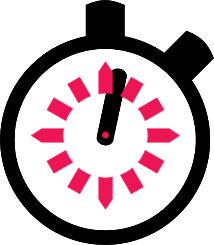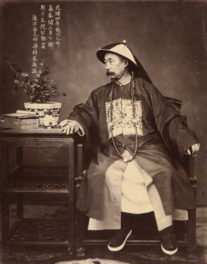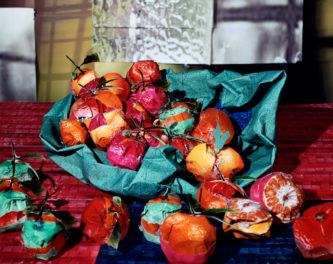 What happens when 100+ scholars get just six minutes to describe their Pacific Standard Time research?
What happens when 100+ scholars get just six minutes to describe their Pacific Standard Time research?
Art historians are seldom at a loss for words. Last week, though, curators involved in the more than 40 exhibitions that will be part of the Getty’s Pacific Standard Time: LA/LA initiative raced against the clock to present their ongoing exhibition research in just six minutes. Inspired by the fast-paced PechaKucha presentation format first developed in Japan about ten years ago, they feverishly edited their texts in hallways and reported sleepless nights filled with dreams of stopwatches. Timing was everything—slow down to wait for the next image to appear on the screen, or speed up before it disappears completely.
The occasion was a two-day convening at the Getty Center that brought together more than 120 curators and scholars working on Pacific Standard Time: LA/LA exhibition projects. The exhibitions will take a new look at Latin American and Latino art, their broad connections to Los Angeles and its diverse communities, and the challenges these artistic practices can sometimes pose to the canons of art history.

Elsa Longhauser, executive director of the Santa Monica Museum of Art, describes the museum’s exhibition-in-progress on Martín Ramírez. Slide image: Horse and Rider, about 1950–53, Martín Ramírez. Wax crayon, graphite, and artist-made black ink on pieced papers. Philadelphia Museum of Art. 125th Anniversary Acquisition. Partial and promised gift of Jill and Sheldon Bonovitz, 2002. Photo of artwork: Will Brown. Artwork: © Estate of Martín Ramírez
Getty Foundation grants have made it possible for the participating museums to assemble teams of researchers, who are digging into archives, conducting oral histories with artists, and traveling to see distant collections. Research time can be hard to come by in the museum world, so curators and scholars are making the most of this opportunity. The convening at the Getty was a chance for them to share their research, test exhibition ideas, and explore areas of collaboration.
Each museum was invited to bring along a member of their research team, resulting in participants from four continents. Not surprisingly, the largest contingent came from countries across Latin America, including Peru, Ecuador, Brazil, Argentina, Uruguay, Chile, Guatemala, and Mexico.

Discussion panel during the Pacific Standard Time: LA/LA workshop
The talks highlighted the extraordinary range of exhibitions coming to L.A. in 2017, from indigenous and European depictions of Latin American nature over a 500-year period to contemporary Mexican photography, and from the Afro-Brazilian art of Bahia to monographic shows on the Chicano artists Carlos Almaraz, Gilbert “Magu” Lujan, and Mundo Meza.
In addition to the fast-paced presentations–bilingual interpreters were on hand, breathlessly working to keep pace with the speakers–the participants heatedly debated such topics as the ethics of re-staging performance art created almost 50 years ago and collectively brainstormed about new ways to present conceptual art in gallery spaces. In group discussions, they also considered larger ideas about shifting territories and borders in the Americas, and what it means to cross or even erase them. How have these concepts been deployed from colonial times up to the present, and how have they impacted the ways artists have made (and continue to make) art? Even a reception at the end of the first day to introduce Los Angeles’s consular corps from Latin American and Caribbean countries to Pacific Standard Time participants was an opportunity to continue the conversations.
The convening highlighted the highly collaborative nature of Pacific Standard Time, with museums working separately and together to create a new history of Latin American and Latino art, and to bring that art to audiences in informative and engaging exhibitions come September 2017. The museums will get together again next year for a two-part workshop on Chicano art, where artists too will be put to the PechaKucha test. Or, as the participants redubbed it in keeping with topic, the MachuPicchu.




It is simply wonderful to read about your lectures and the artists from around the world. Thank you so much for the elegance you bring to all, in Los Angeles.